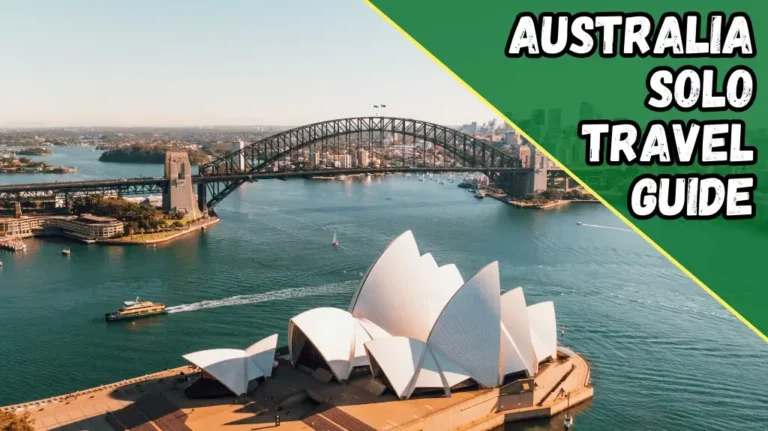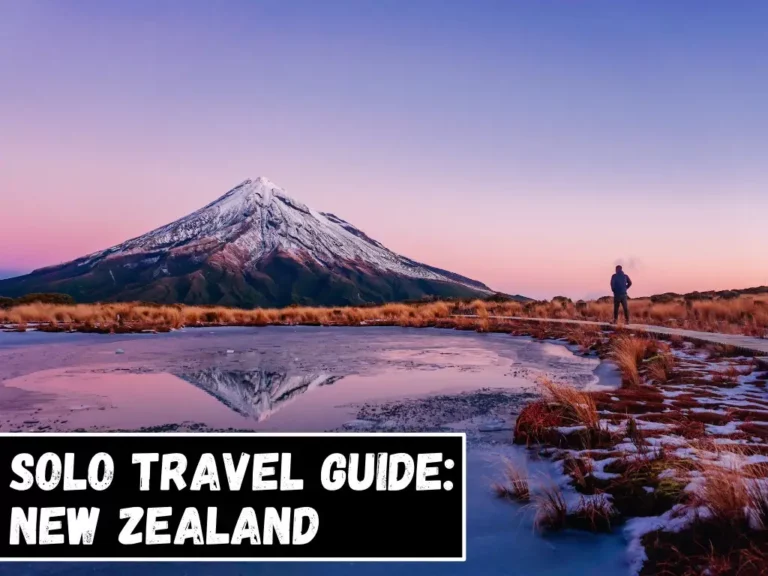Is Australia Safe to Travel Alone? 15 Dangers to Beware
You dream of a solo journey to the Land Down Under. But you’ve heard about the perils – the snakes, the spiders, the heat, the bushfires. Now you’re a little worried and wondering: is Australia safe to travel alone?
The simple answer is, yes. Australia is a safe place to travel alone.
As an Australian and a solo traveller, I am yet to meet anyone who felt unsafe whilst travelling around Oz. But don’t just take my word for it…
In this article, I’ll break down the statistics that answer the question: is Australia safe to travel alone? You’ll see that only a tiny number of female or male tourists ever experience safety concerns whilst travelling solo in Australia.
I’ll also list the 15 dangers that every tourist should be aware of when travelling alone around Australia. Plus, I’ll share my top 5 safety tips for solo travel in Australia.
Take the stress out of planning – see my full guide to solo travel in Australia!
Is Australia Safe to Travel Alone?
Australia is one of the safest countries in the world to travel alone. Out of the 9 million people that visit Australia each year, more than 97.5% of tourists never witness or experience intimidation, harassment, assault, robbery or theft (source). And 99.99% of tourists to Australia return home alive (source).
Numerous factors make Australia a safe destination for solo travel:
- Low levels of crime.
- Few health risks, diseases and viruses.
- Modern amenities, infrastructure and transport links.
- Modern emergency services including police, ambulance and fire.
- Modern surveillance technology.
- Political stability and civil order.
- Generally friendly and helpful people.
- Public and private healthcare services.
- Strict criminal laws and gun bans.
Whilst it is safe to travel alone in Australia, you still need to remain aware of the dangers below and follow these solo travel safety tips.
Solo travel deaths in Australia
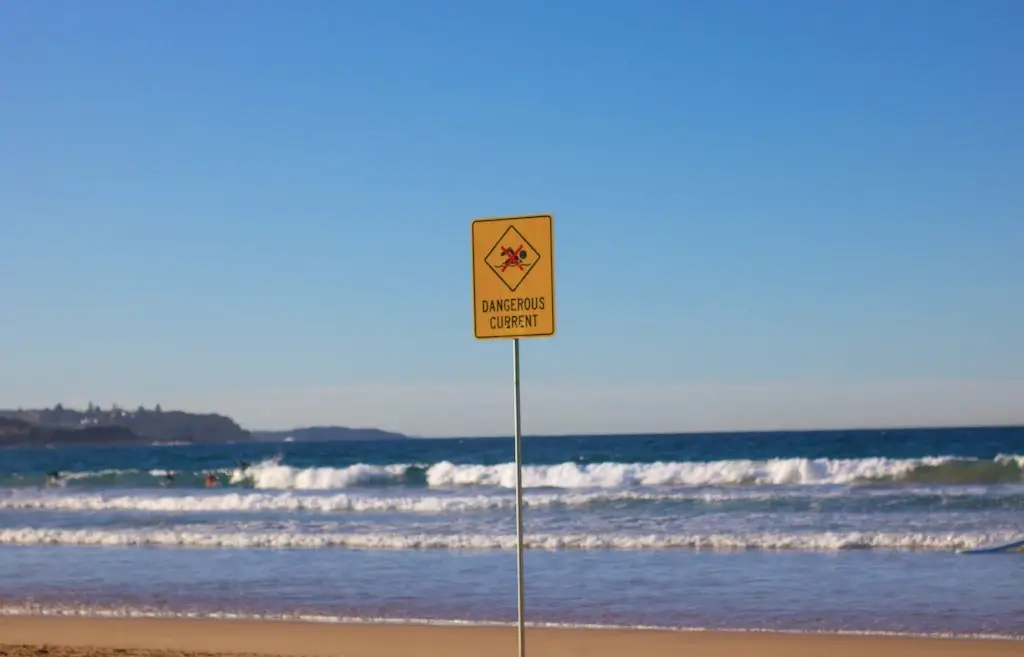
On average, about 350-450 tourists die each year (0.01%) in Australia (source).
Most health-related deaths occur amongst older tourists (e.g. heart disease). Contrastingly, most accidental deaths occur amongst younger tourists (e.g. transport accidents and drowning).
Very few deaths (about 0.9 per million short-term tourists) are caused by an unlawful assault (i.e. murder or manslaughter).
As such, it is statistically very safe to travel alone in Australia, particularly if you are in good health and aware of the dangers (see below).
Crimes against solo travellers in Australia
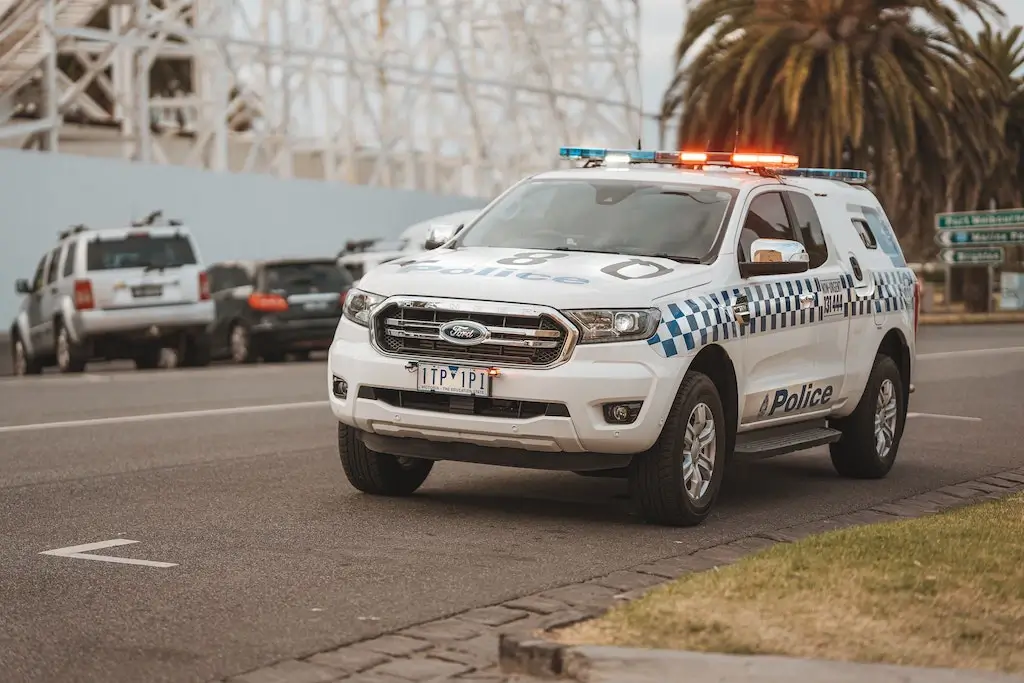
According to this government study, 97.7% of tourists in Australia never experience or witness crime or harassment.
Of that 2.3% that do experience or witness these incidents:
- 1% witness intimidation, harassment or abuse
- 0.2% witness assault
- 0.2% witness robbery
- 0.8% witness theft.
The most likely places for tourists to witness these crimes in Australia are in accommodation (31%) or on footpaths or streets (25%). Generally, public transport, outdoor recreation areas and commercial/licensed premises were safe.
Tourists mostly witness theft and robbery during the daytime (between 9 am and 3 pm). However, intimidation, harassment and abuse crimes can occur in equal measures during both day and night.
About 5% of tourists aged 15 to 24 report being victims of crime or harassment whilst travelling around Australia. Comparatively, only 1.6% of tourists aged 25 or above report being victims of crime or harassment. This means that it is safer for older tourists to solo travel in Australia.
As such, you are statistically very safe from experiencing crime or harassment whilst travelling alone in Australia.
Is Australia safe for solo female travellers?
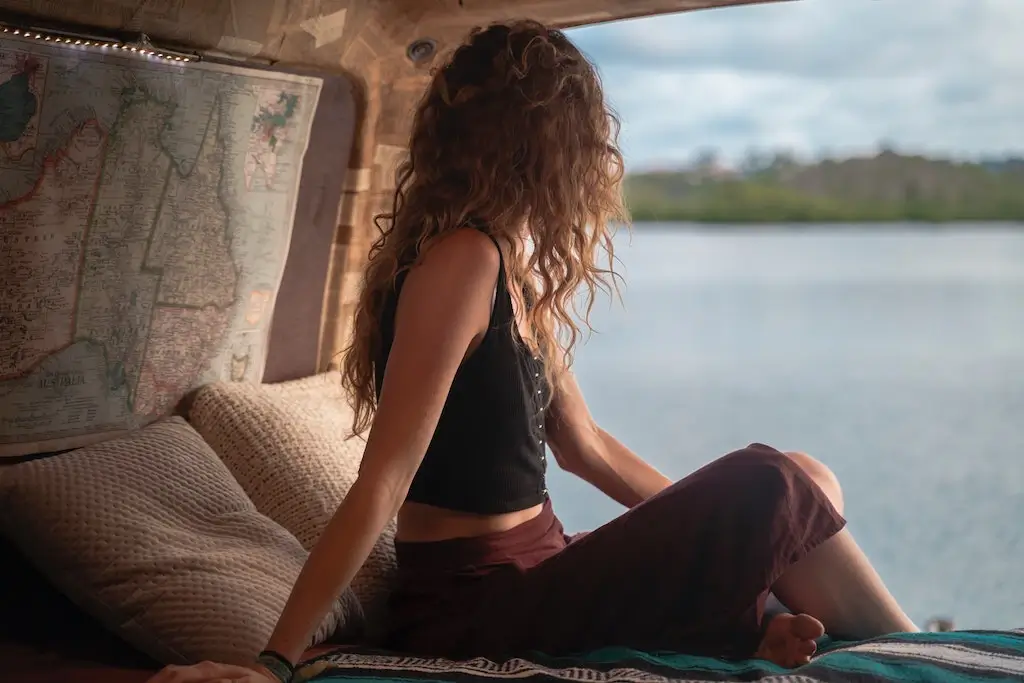
Australia is safe for solo female travellers. It is one of the most visited destinations in the world for women travelling alone.
Less than 1.5% of female travellers in Australia report witnessing or experiencing harassment, abuse or assault during their stay (according to the data above).
However, young females travelling alone in Australia should take extra precautions. Most of the female tourists that do report harassment are aged between 15 and 24.
I suggest buddying up with other female solo travellers from your hostel and walking home as a group after nights out. Most hostels also offer female-only dorms, further reducing safety risks.
Is Australia safe for solo male travellers?
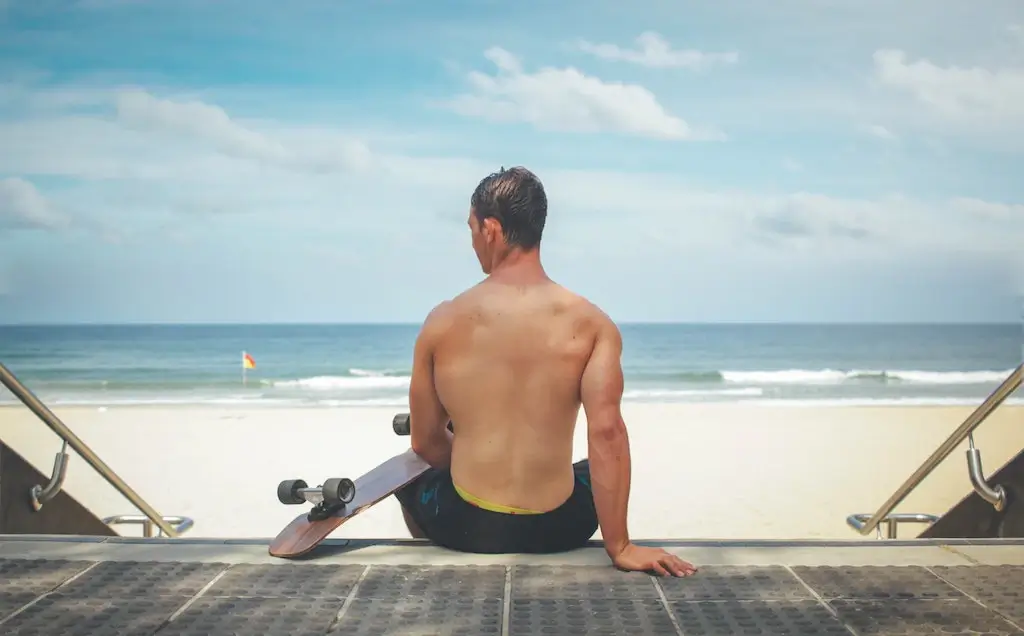
Australia is a safe destination for male solo travellers. Again, it is one of the most visited destinations in the world for men travelling alone.
Less than 2.5% of male travellers in Australia report witnessing or experiencing abuse or crime during their stay (according to the data above).
However, young male tourists are more likely to be victims of homicide than other tourist demographics. Young males (aged between 15 and 24) are also more likely to witness or experience abuse or crime.
As such, young males travelling should take extra precautions. Avoid excessive drinking and walk away from altercations. Never drive when intoxicated and stick to the road rules. When returning to your accommodation at night, try to walk in a group.
For 20 more tips and personal tales, see my article on traveling alone as a man.
Related Post
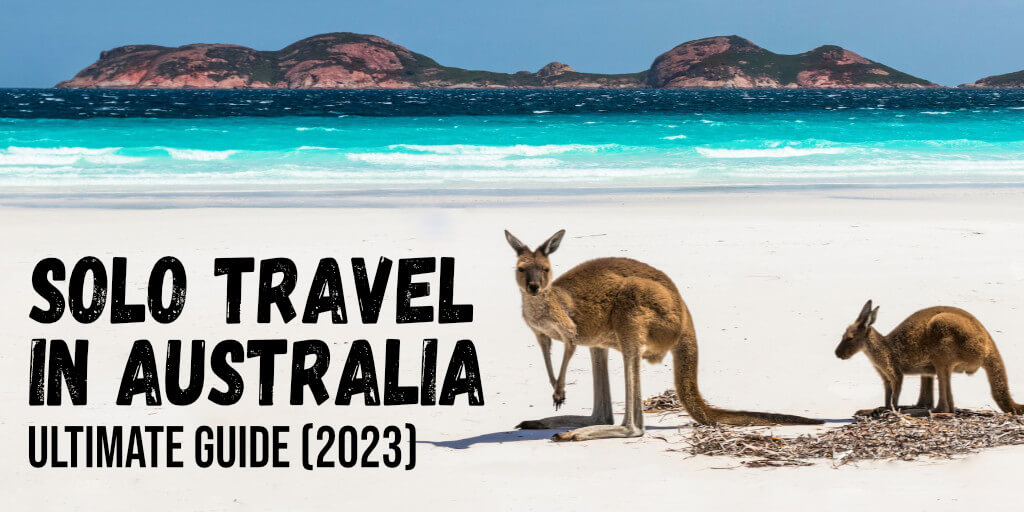
15 Dangers of Travelling Alone in Australia
1. Wildlife
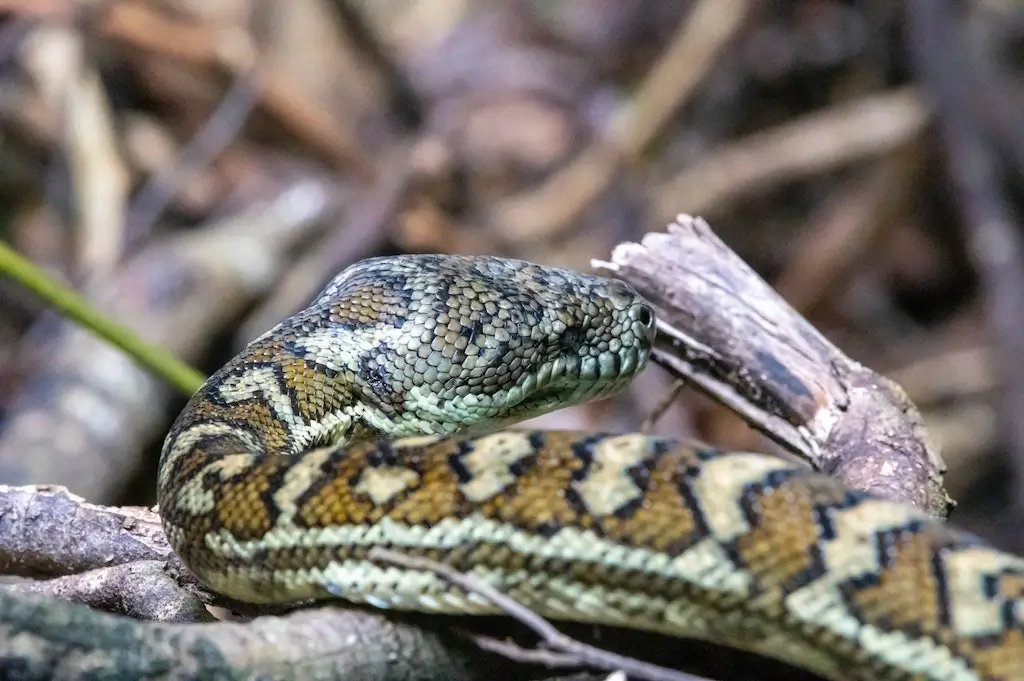
The biggest safety concern for anyone about to travel alone around Australia? The creepy crawlies and the deadly wildlife!
When travelling alone in Australia, you need to be aware of the following animals and the threats that they pose:
- Snakes: Snakes are active in Australia from Spring to Autumn. It is highly unlikely that you will come across a snake during your solo travels. Try to avoid them by making noise, wearing covered footwear and sticking to well-used trails when bushwalking. If you do come across a snake, back away without taking your eyes off it.
- Spiders: Spiders are a concern in Australia throughout the year. You will likely come across spiders during your solo travels. Avoid spiders by shaking out your shoes and clothing before putting them on. Never reach into piles of foliage, pipes, holes or places where spiders may live.
- Crocodiles: In the north of Australia (Queensland, Northern Territory and Western Australia), you need to be aware of crocodiles. Never swim at the beach or in fresh water sources unless there is signage indicating that it is safe to do so. Avoid approaching or camping near the edge of the water and keep your distance from crocodile slide marks.
- Jellyfish: You also need to be aware of jellyfish in the north of Australia (particularly Queensland). The peak season for jellyfish is November to May. Never swim at the beach unless there is signage indicating that it is safe to do so. When visiting the Great Barrier Reef, you may want to hire a protective stinger suit.
- Sharks: Sharks are rarely a danger to swimmers in Australia. However, you can reduce your risk of encountering a shark by swimming close to the shore and between the flags at patrolled beaches. Avoid swimming at dusk or dawn. If you do see a shark, leave the water as quickly and calmly as possible.
- Mosquitos: Mosquitos are a health risk and can spread disease in Australia (particularly in northern Queensland). Protect yourself when travelling alone by covering up with long-sleeve tops and pants when outside. Apply repellent to exposed skin. Mosquitoes are worst at dusk and dawn.
- Kangaroos, emus and cassowaries: Many solo travellers enjoy visiting zoos in Australia and getting up close to kangaroos and emus. However, you should avoid approaching these animals in the wild, as they have been known to attack by using their long claws.
- Dingoes: Wild dingoes roam around some popular tourist destinations in Australia, including the Outback and Fraser (K’gari) Island. Generally, they will avoid humans but they can become aggressive and attack. Never feed a dingo. If a dingo does approach you, stand tall and back away slowly (never run).
2. Heat and sun
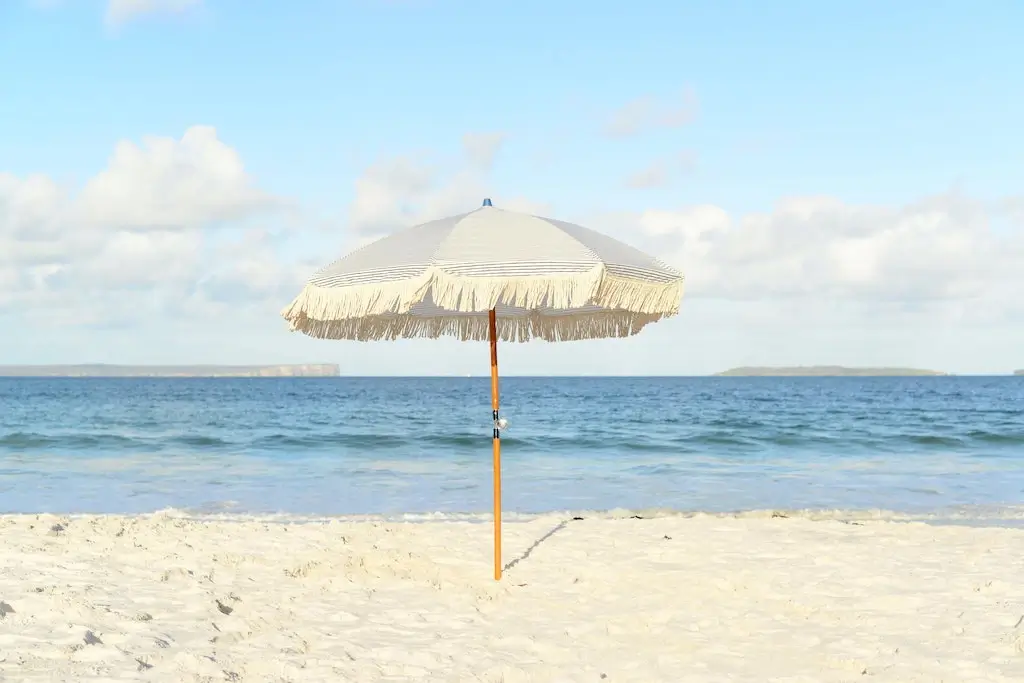
During summer, temperatures in Australia can reach more than 45℃ (113℉).
You must stay well hydrated to avoid heat stroke. Try to drink about 2.5L (0.5 gals) of water per day whilst you travel alone.
Australia also has some of the highest levels of UV radiation in the world. Your skin can burn in as little as ten minutes if you don’t properly protect yourself from the sun.
Always wear sunscreen when spending more than half an hour outside. On particularly hot days, try to cover up with a hat and long sleeves.
3. Wild weather events
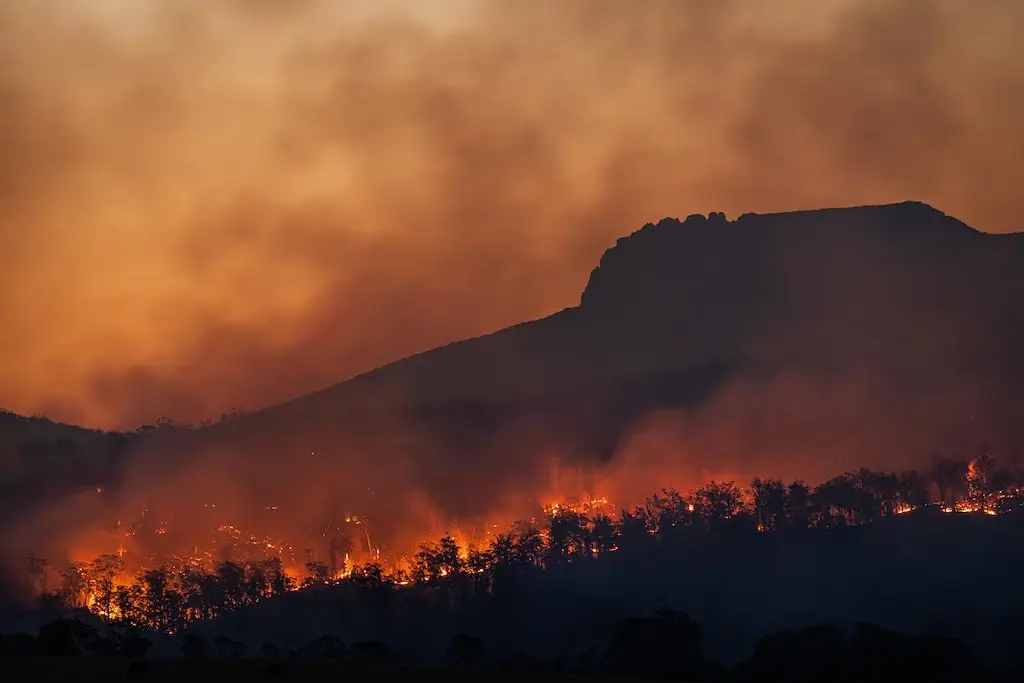
Extreme weather events are a common and dangerous occurrence in Australia.
Besides the heat (see above), solo travellers also need to be aware of fires, floods, storms and cyclones
Upon arrival, download the Bureau of Meteorology app on your smartphone. This will keep you up to date with weather forecasts and warnings, helping you to stay safe whilst travelling alone in Australia.
4. Adventure sports
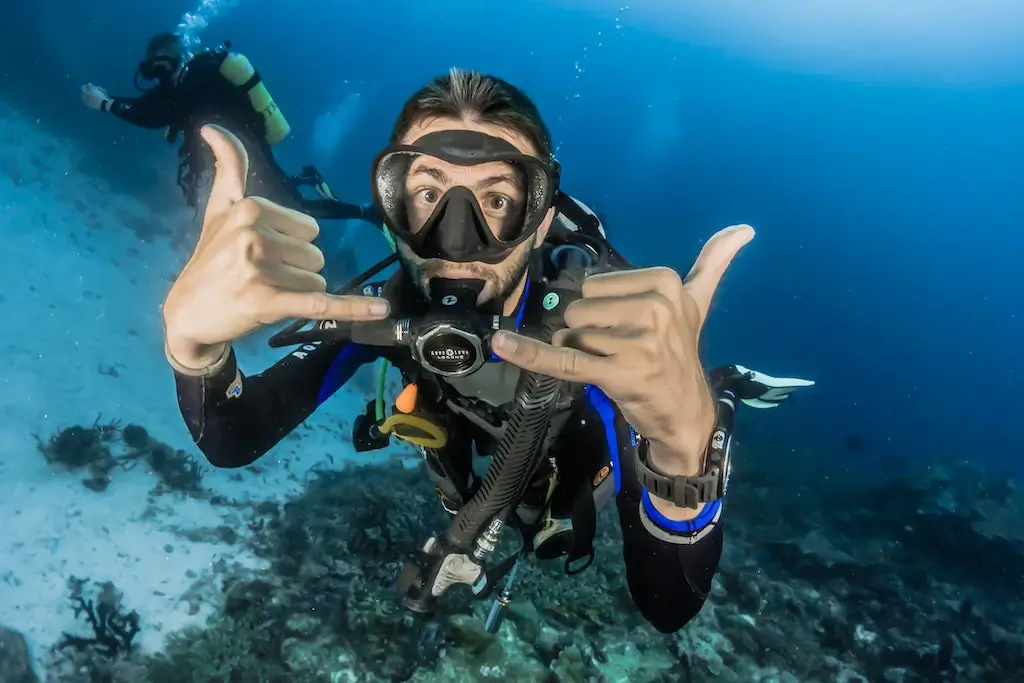
There are a heap of adventure sports for solo travellers to get involved in whilst travelling Australia.
Some of the most popular adventure sports in Oz include scuba diving, snorkelling, hiking, paragliding, surfing, parachuting, bungee, fishing, skiing, snowboarding, caving, horse riding and white water rafting.
However, accidents can and do happen. Unfortunately, numerous tourists are injured or die each year whilst participating in adventure sports.
Always use a professional guide and a trusted operator when participating in adventure sports. Read online reviews on Google and TripAdvisor before booking.
Be aware, some activities that seem relatively easy (e.g. hiking, golf or tennis) can turn deadly in Australia due to extreme heat (see above).
5. Swimming
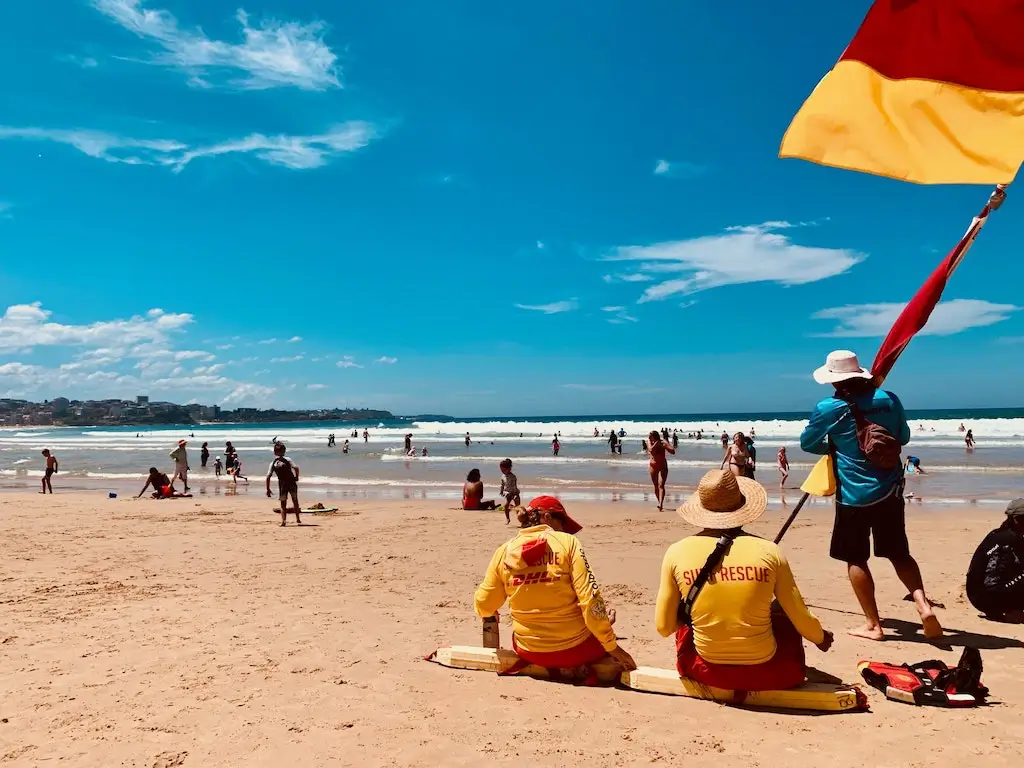
One of the biggest dangers to tourists in Australia is drowning whilst swimming.
Whilst Australia’s beaches are beautiful, the surf is powerful and strong currents can drag swimmers out to sea.
Only go swimming in Australia if you are a confident swimmer. And only swim on beaches that are patrolled by lifeguards, staying between the red and yellow flags.
As mentioned above, you also need to be cautious of crocodiles, jellyfish and sharks when swimming in Australia. Always read the safety signage.
6. Driving
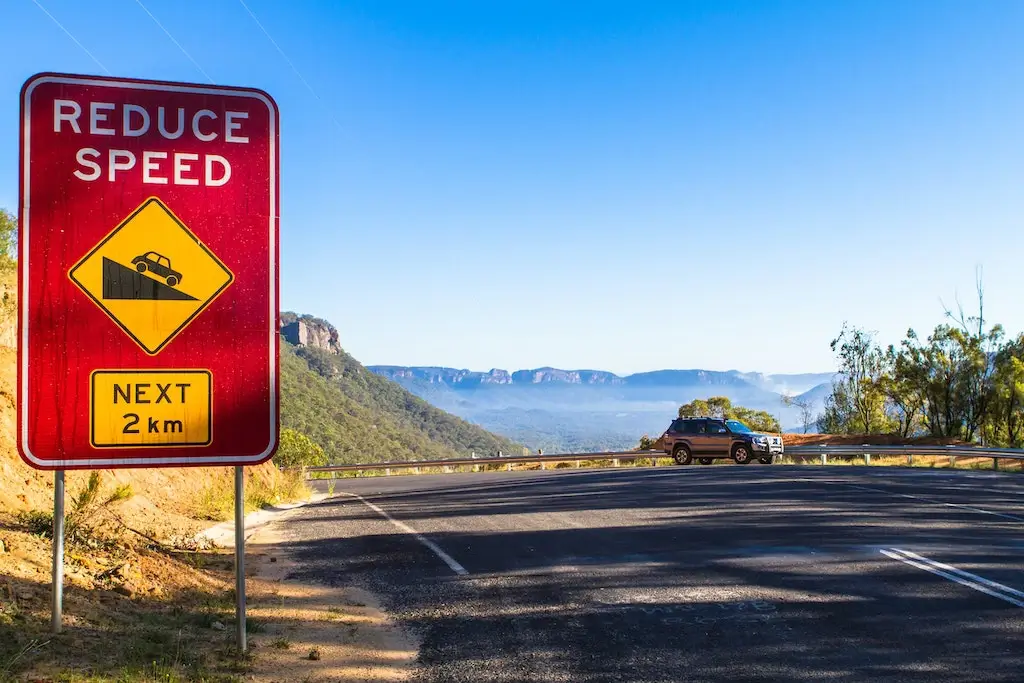
The biggest danger to tourists in Australia is driving and road safety. Drivers often become tired because of the long distances between destinations.
If you plan on driving whilst travelling alone in Australia, break long journeys into small chunks. Stop for a day or two in the regional towns between the major destinations.
Also, ensure that you have filled your car with enough fuel for the journey. Fuel stations can be few and far between in Australia, particularly in the Outback.
Never drink and drive. Australia has very strict drink driving laws and drivers are regularly breath tested by police. You will be criminally prosecuted and deported from the country if caught by police.
7. Disease
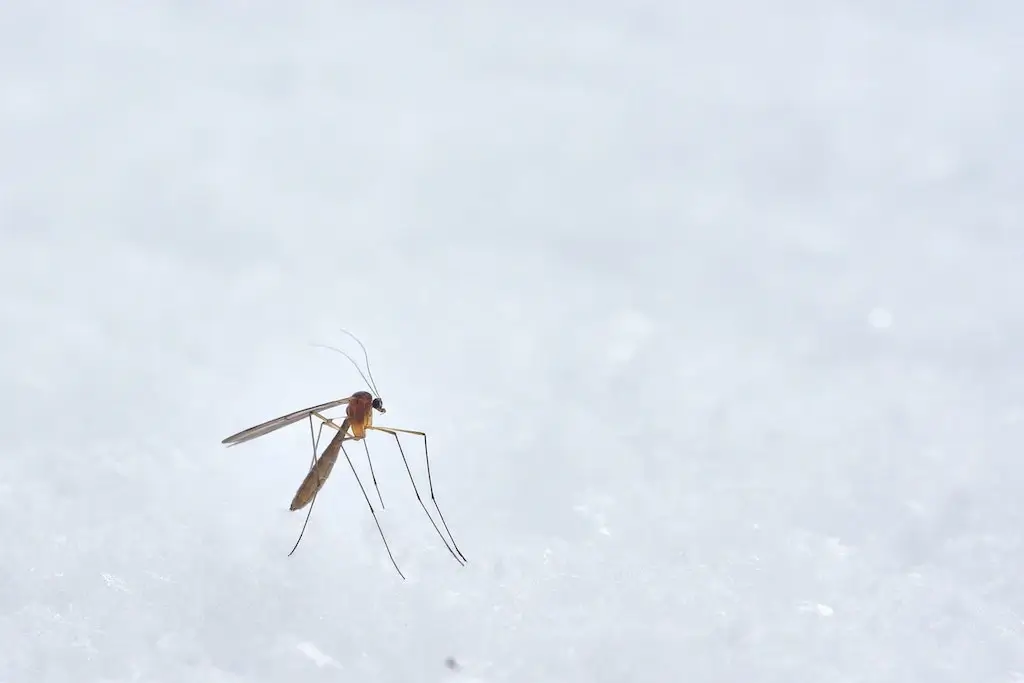
There are not many diseases or illnesses that solo travellers need to worry about in Australia.
Generally, it is recommended that solo travellers receive their routine vaccines (e.g. flu, chickenpox, MMR, Diphtheria, Tetanus, etc.) before travelling to Australia (as recommended by the CDC).
You can drink tap water in Australia. However, avoid drinking from outdoor taps unless they are designated for drinking.
Be aware of mosquitos when travelling alone in the tropics or rural areas. See above for advice on avoiding mosquito bites.
8. Sexually Transmitted Infections
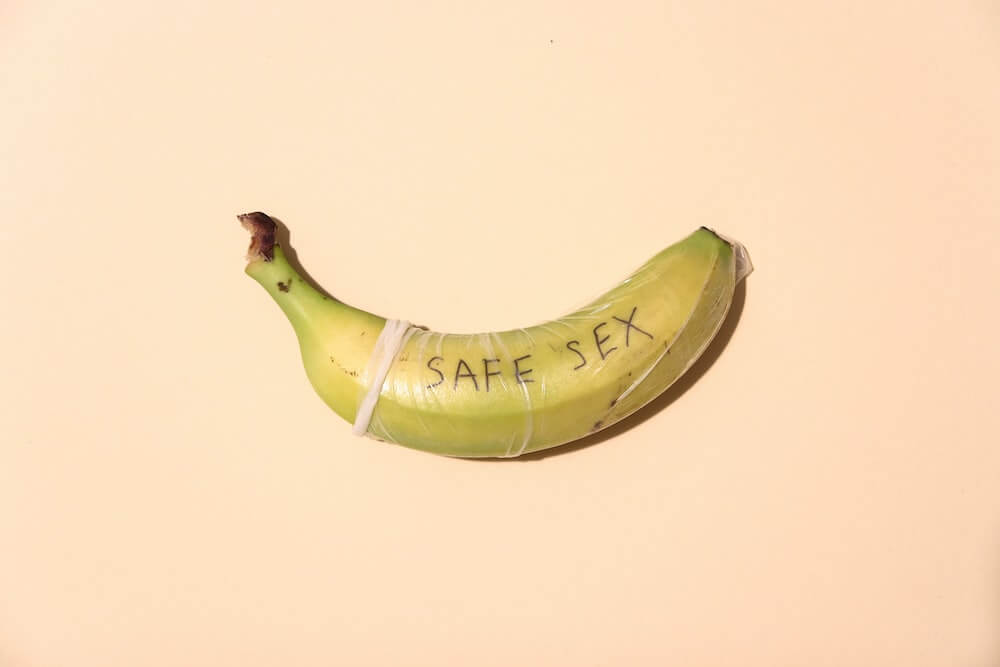
More than 75% of backpackers and solo travellers have sex during their trip (and more than 30% hook up with more than one partner). But with so many travellers getting frisky during their adventures, you have to be cautious of STIs.
Some of the most common STIs in Australia that solo travellers need to be aware of include:
- Chlamydia
- Herpes
- Syphilis
- Hepatitis B and C
- HIV
- HPV and genital warts.
To reduce your risk of an STI or unintended pregnancy, use contraceptives or abstain from sex altogether.
Men should include condoms on their solo travel packing list for males. Women should also include male or female contraceptives on their solo travel packing list for females.
9. Mental health
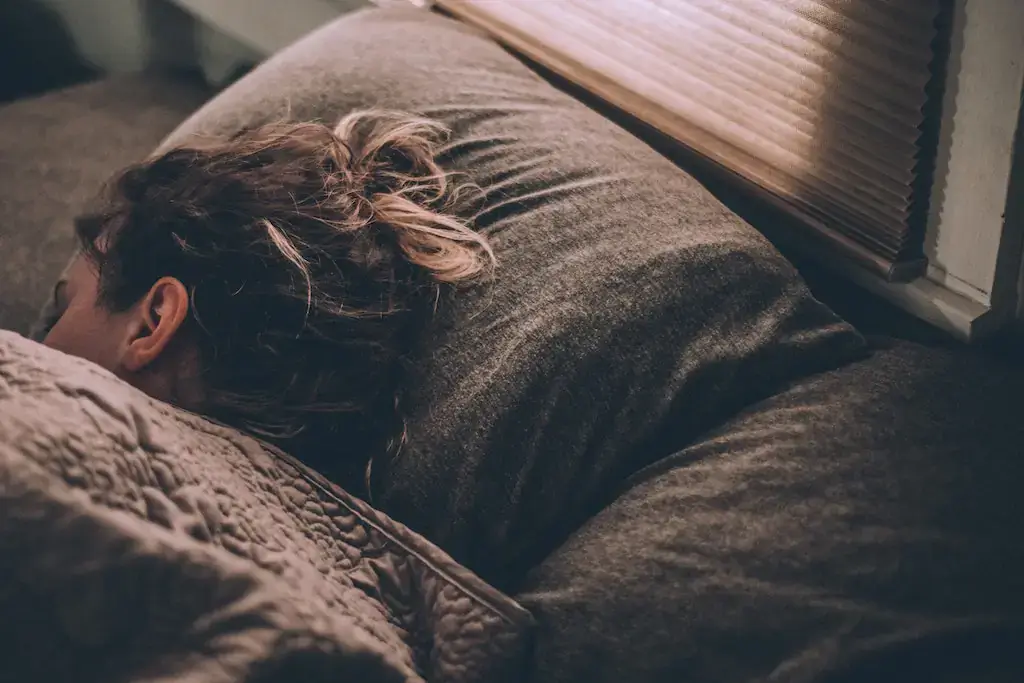
Solo travel can be sad and lonely at times, particularly if you are predisposed to mental health issues.
There are numerous helplines and services that solo travellers in Australia can use if they are struggling with their mental health.
If you are concerned about your mental health whilst travelling alone, see my article on solo travel depression.
You may also be interested in knowing:
10. Drunken behaviour
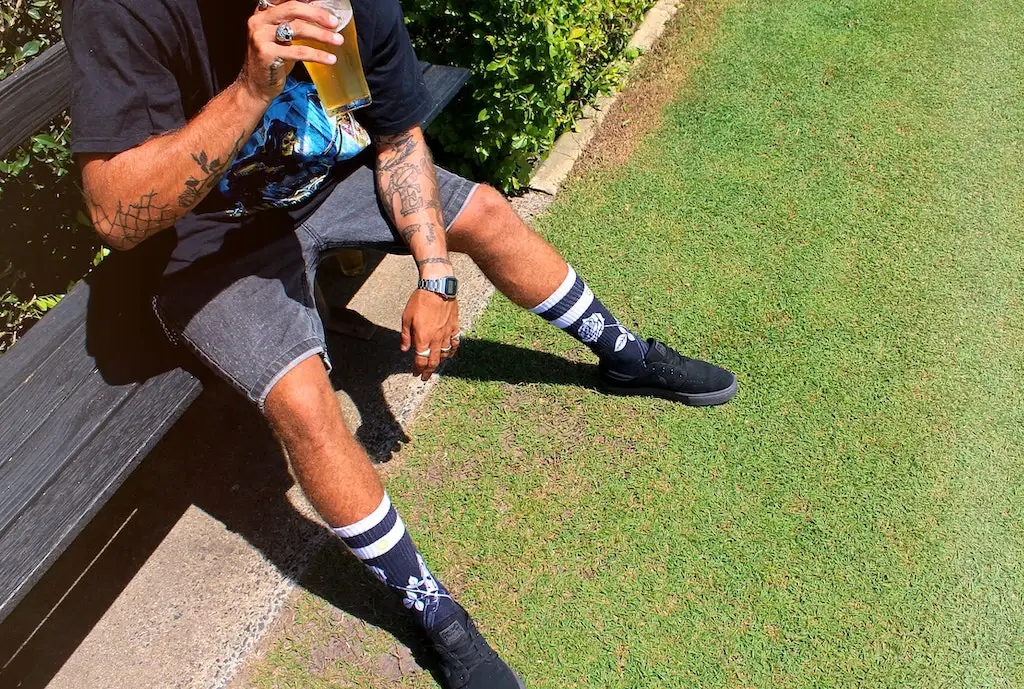
Australia is known for having a drinking culture. So, it is no surprise that many solo travellers (particularly youngsters) find themselves drinking and partying most nights whilst travelling alone around Australia.
However, excessive drinking presents short-term and long-term risks to your safety and well-being. When drunk, you are more likely to take risks (e.g. drive drunk, go swimming at night or get involved in altercations).
Numerous solo travellers have gone missing in Australia after a night of drinking.
If you are going to drink, avoid becoming overly intoxicated. Try to buddy up with other travellers from your accommodation and stay in groups when partying.
Female solo travellers also need to be cautious of drink spiking. Statistics suggest that 4 out of 5 victims of spiking in Australia are female (many aged under 24). Always buy your own drinks, watch them being poured, never leave them unattended and throw it out if you think it tastes weird.
11. Fights and arguments
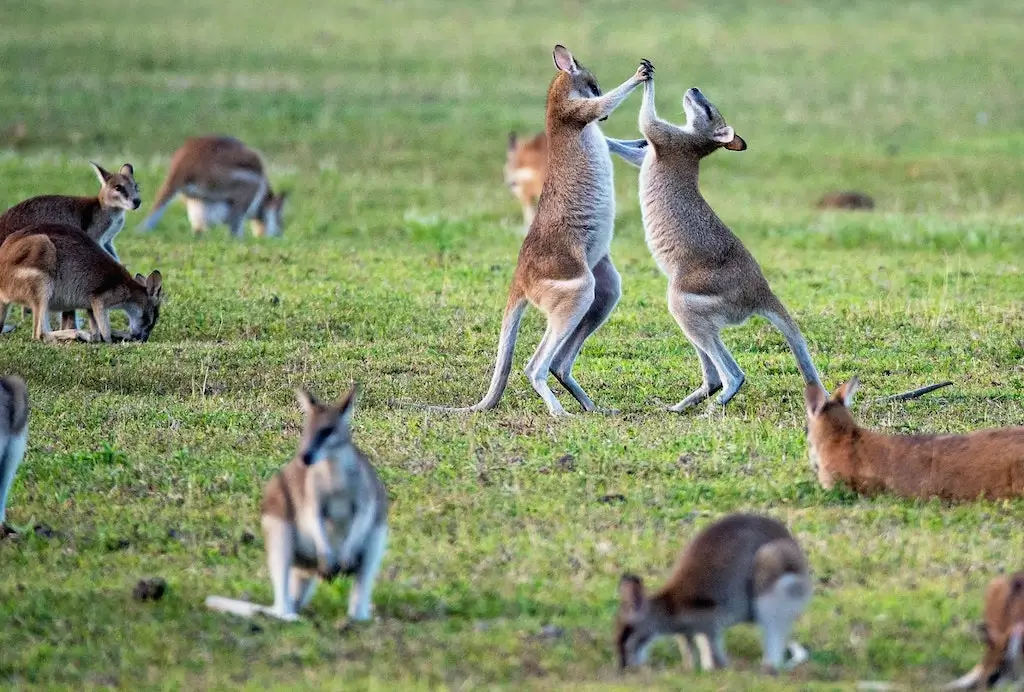
In Australia, almost 5% of people experience threatened or physical assault each year. As such, there is a chance that solo travellers may witness or be involved in an argument or fight during their stay in Australia.
However, most assaults occur in suburban or disadvantaged areas, where tourists do not generally visit.
Young people (aged 15-29) who are travelling alone need to be particularly cautious and avoid getting involved in arguments.
Arguments and fights can occur during the day or night, but they mostly stem from drunken behaviour. Avoid interacting with drunken individuals in public.
12. Sexual harassment
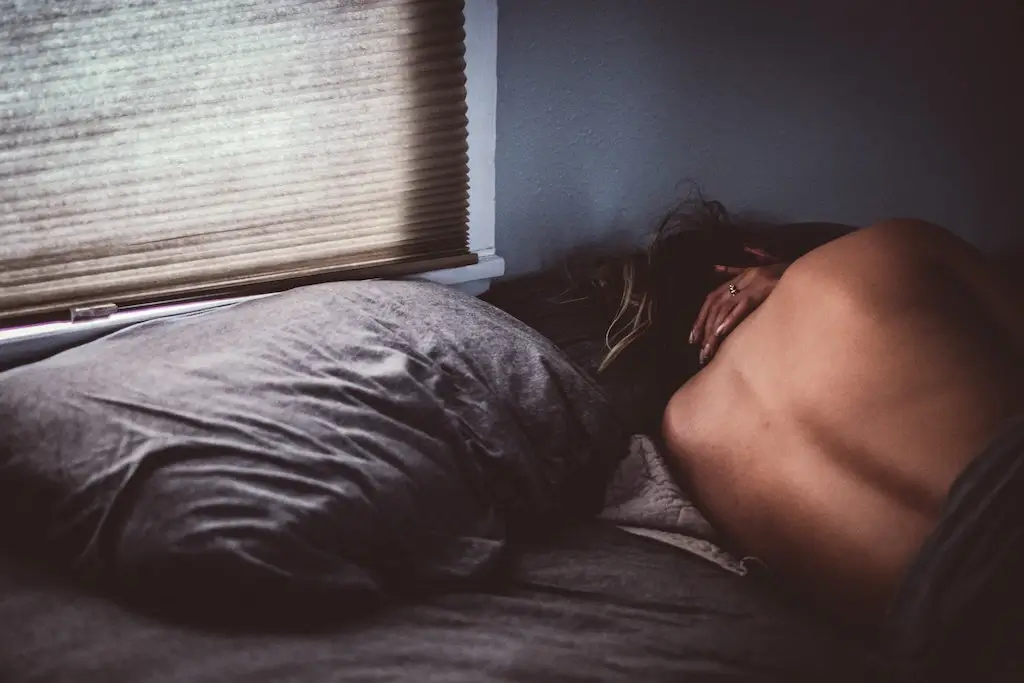
Generally, females do not have to worry about intimidation, harassment or abuse when travelling alone in Australia. Less than 1% of tourists report witnessing or experiencing harassment during their stay.
Of those female tourists that do report harassment, however, most are aged between 15 and 24. Therefore, young females travelling alone should take extra precautions.
As suggested above, buddy up with other female solo travellers from your hostel and walk home as a group after nights out. Most hostels also offer female-only dorms, further reducing safety risks.
If you do feel harassed, ask people around you for help if possible. Most Australians are friendly people and will help you immediately.
If there is no one else around or the situation is serious, do not hesitate to call the police on Australia’s emergency hotline – 000.
13. Theft and pickpocketing
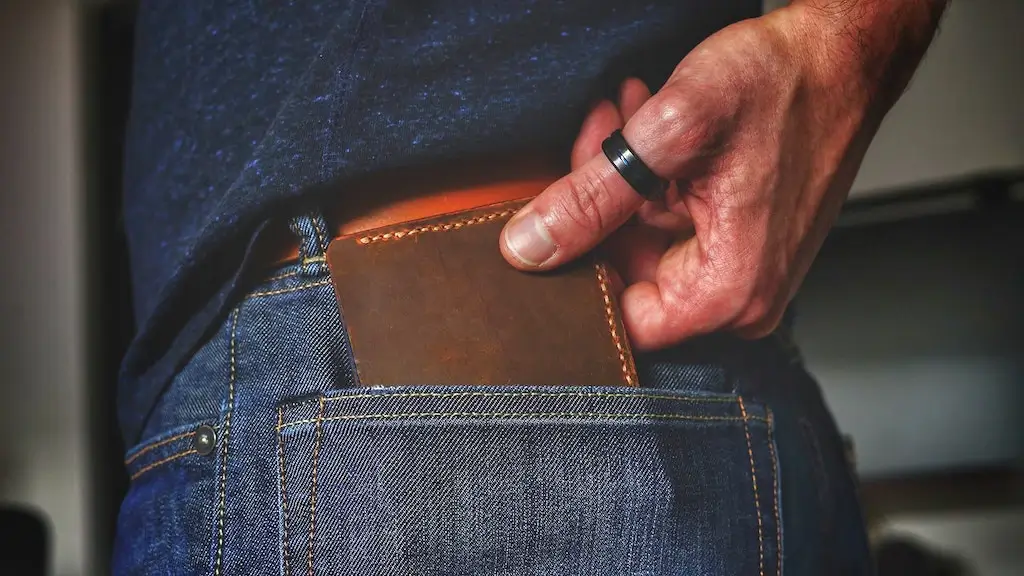
Only 1% of tourists in Australia witness or experience theft or robbery during their stay. Theft and pickpocketing are very rare thanks to modern surveillance systems and strong policing.
However, it is still worthwhile keeping an eye on your belongings when visiting touristy areas.
When visiting busy beaches (e.g. Bondi Beach), try to avoid leaving your belongings alone on the sand whilst swimming. Take a buddy with you from your hostel, so that they can sit with your belongings whilst you swim. If you don’t have a buddy with you, try to keep your belongings close to the water’s edge and watch them from the water.
14. Scams
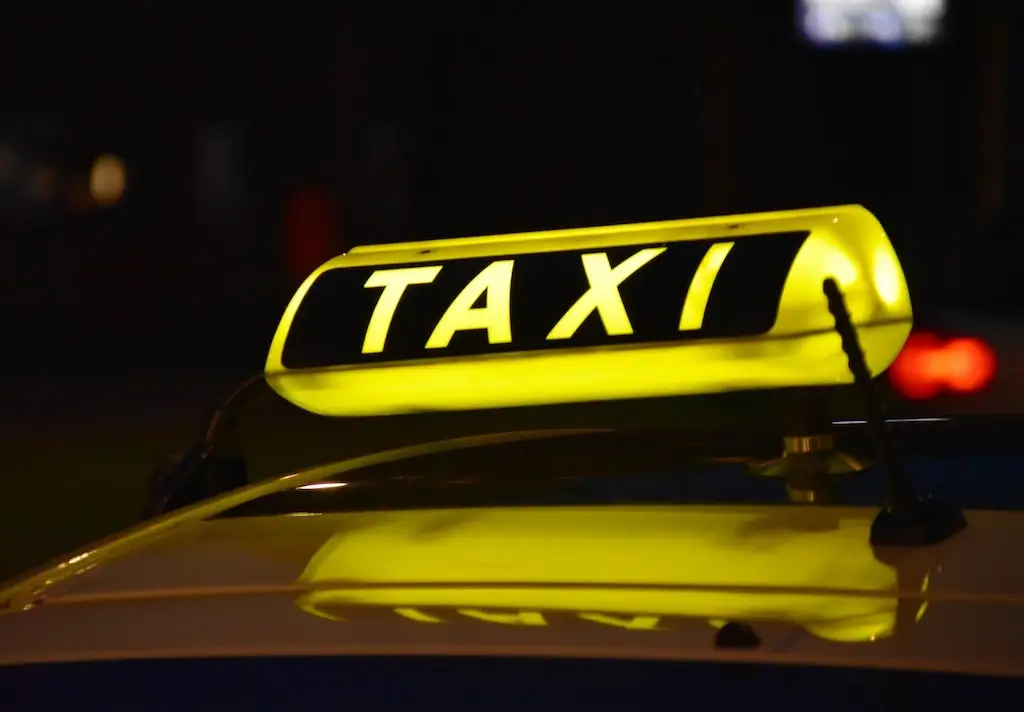
Thanks to the strict criminal laws and strong police presence in Australia, tourists rarely have to worry about being scammed.
However, there are some scams that solo travellers should be aware of in Australia:
- Taxi overcharging: It is preferable to use Uber over taxis. If you do have to use a taxi, make sure that the metre is switched on and check how long the trip should take on Google Maps.
- Text message and phone scams: If you are using a local SIM card whilst travelling in Australia, you may receive text or phone scams. Ignore or hang up on any numbers you don’t recognise.
- Train fares: Some scammers stand at train stations or bus stops and tell you that their bag was stolen (or a similar story). They will ask you to give them money for their return ticket home.
- Overcharging: In tourist areas, some businesses may try to overcharge you for goods or services. Whilst not technically a scam, you can use my guide to solo travel in Australia to get an idea for budgeting and general costs.
If you think you have been scammed, contact the Australian police and your bank to find out if there is any way to fix the situation.
15. Laws and airport customs
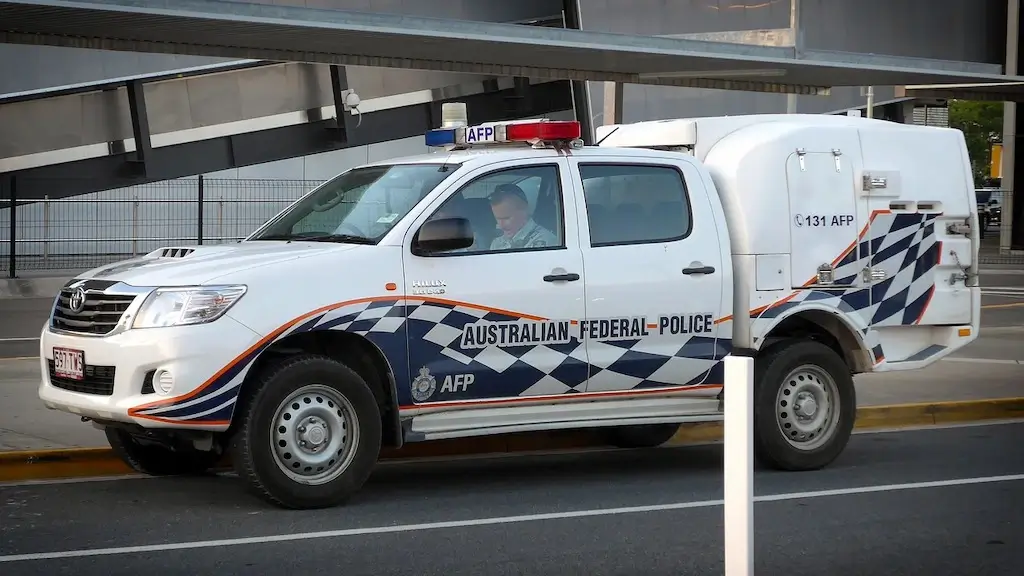
As you may have seen on shows like Nothing to Declare, Australia takes its criminal laws and airport customs very seriously.
As a solo tourist, you want to avoid breaking the law whilst visiting Australia. Doing so could see you criminally punished and deported from the country.
The most common criminal laws that you need to be aware of when travelling alone in Australia include:
- Drug laws: Illicit drugs are illegal in Australia (including cannabis, cocaine, heroin, shrooms, LSD and amphetamines). If you are caught in possession of these drugs, you will almost definitely be arrested and prosecuted.
- Drink and drug driving: The legal blood alcohol concentration (BAC) for fully licensed drivers in Australia is 0.05. If you are caught driving whilst intoxicated or under the effect of drugs in Australia, you will be arrested and prosecuted.
- Assault: I have seen many tourists in Australia arrested, prosecuted and deported due to their involvement in physical fights. Avoid altercations at all costs.
You also need to be aware of Australia’s import customs. When you arrive by plane, you will be asked if you are carrying food, animal products, tobacco, alcohol, medicines, drugs, plants, seeds, weapons or other miscellaneous items.
You may have to dispose of some of these items if they are banned in Australia. If you are caught trying to enter Australia with these items without declaring them, you may be fined or criminally prosecuted.
Solo Travel Safety Tips for Australia
Here are my top 5 safety tips for people travelling alone around Australia. But if you want more advice, be sure to check out all 35 of my solo travel safety tips.
- Save emergency contacts in your phone
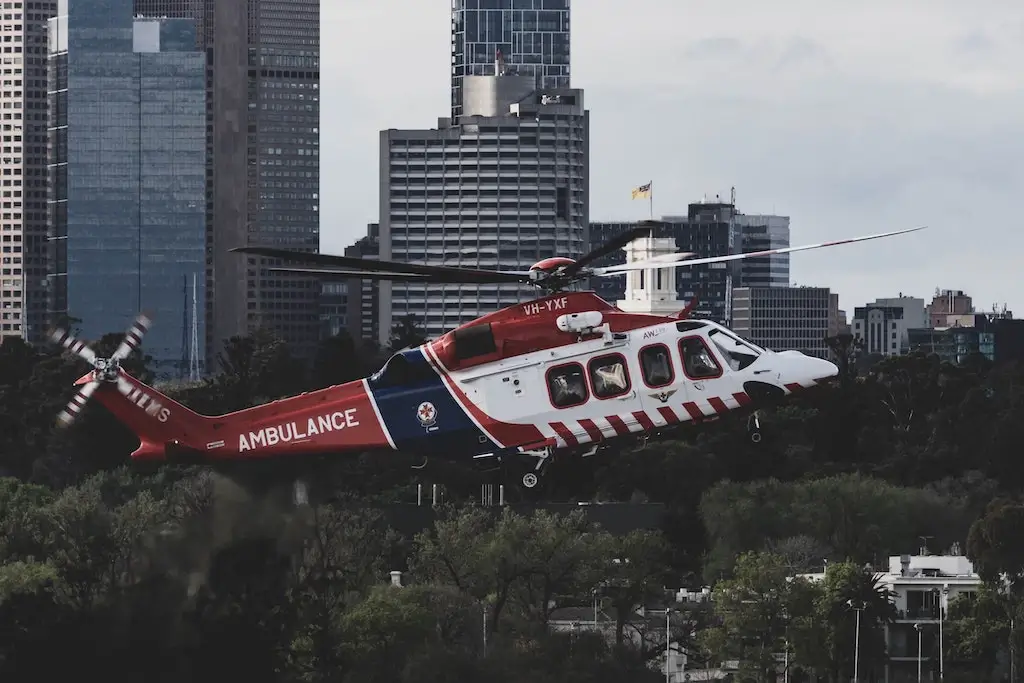
The emergency assistance number in Australia is 000. Call this number if you ever need emergency assistance from the police, fire service or an ambulance.
Save the emergency assistance number as a contact in your phone. This will save you from having to Google it in an emergency.
However, only use this number in real emergencies. Calling it for improper use may be considered a criminal offence.
On your smartphone, you should also set a family member or trusted friend as an emergency SOS contact (iOS and Android).
- Catch public transport instead of driving
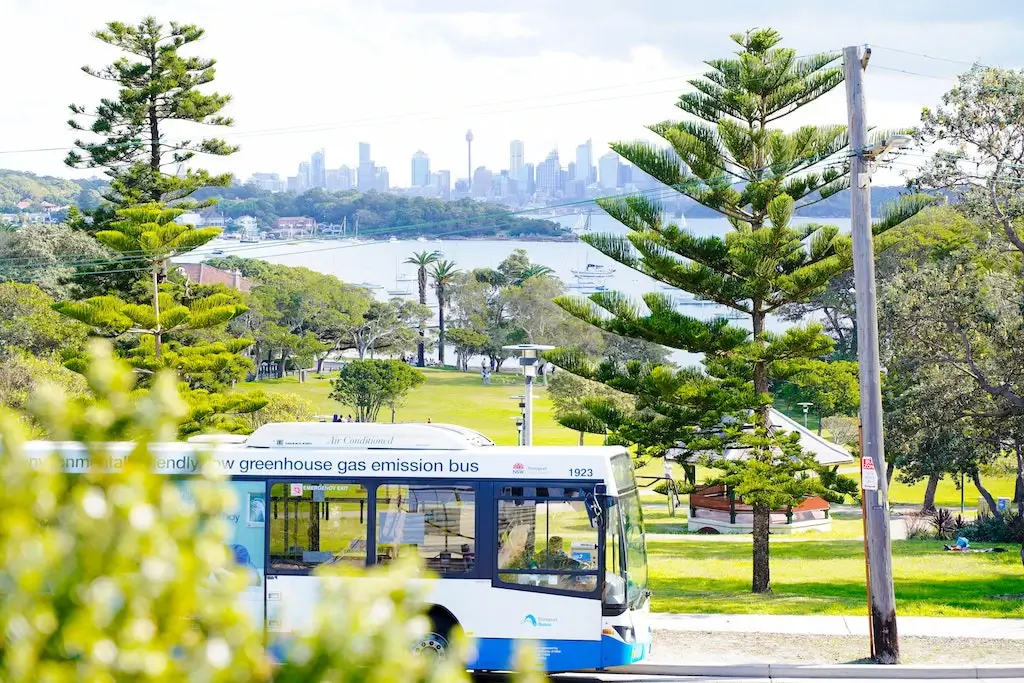
Driving and road accidents are one of the main causes of tourist deaths in Australia. To minimise your chances of being in an accident, avoid driving and catch public transport instead.
Understandably, some solo travellers will want to drive or ride around Australia. In some cases, you need your own vehicle to access remote regions.
But if you do choose to drive whilst travelling alone in Australia, remember:
- Drive on the left side of the road.
- Take breaks when travelling long distances.
- Never drink and drive.
- Always carry enough petrol (particularly in the Outback).
- Avoid driving at dusk, dawn or night (this is when kangaroos and cattle are most often on the road).
- Don’t hitchhike
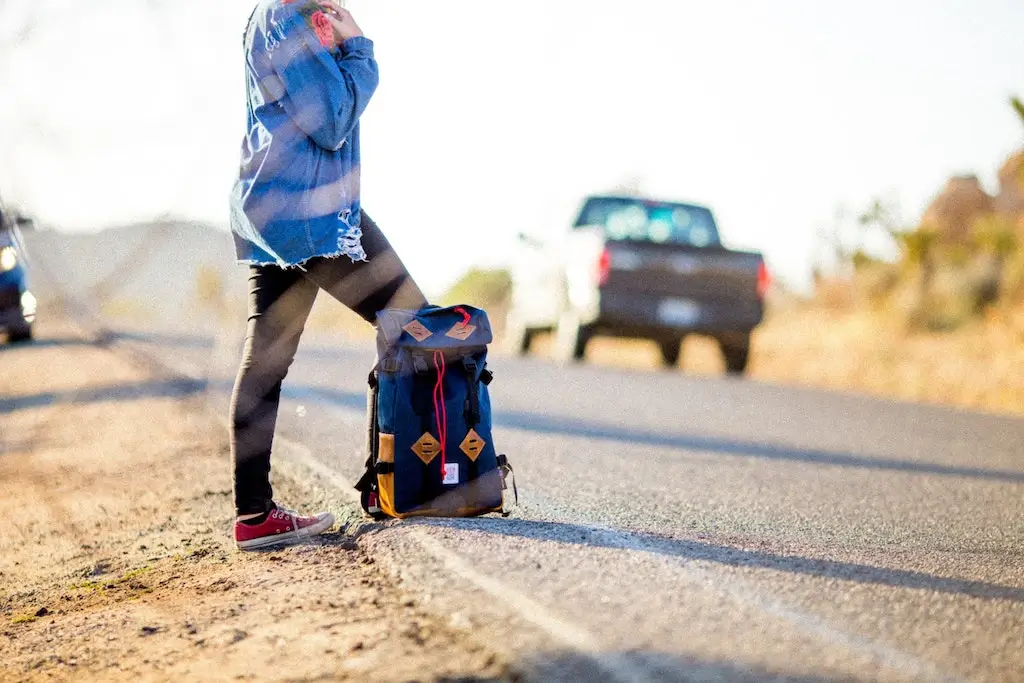
Hitchhiking is not popular in Australia.
If you try to hitchhike, you will likely be waiting for a long time before someone eventually picks you up. Standing on the side of a busy road or highway is extremely dangerous.
Also, you cannot guarantee that the driver is trustworthy. The victims in some of Australia’s most notorious murder cases were backpackers and solo travellers who were hitchhiking.
- Avoid these dangerous spots at night
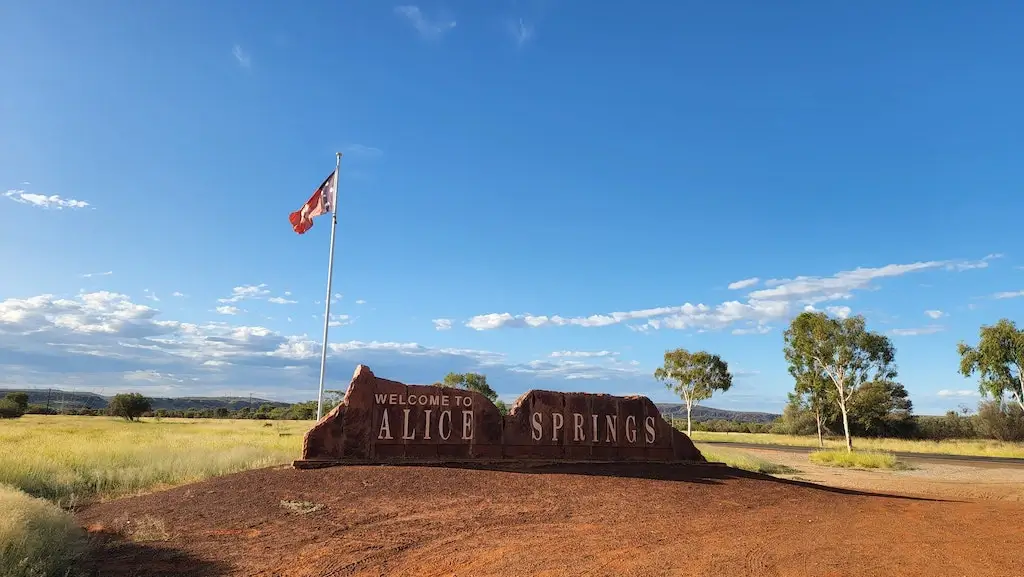
Like every country in the world, there are places in Australia that can be dangerous for tourists to visit alone (particularly at night).
The large cities and towns in Australia are generally safe to wander both day and night. Much of the crime occurs in the outer suburbs and in disadvantaged areas that tourists never visit.
However, in terms of crime, the most dangerous places to visit in Australia include:
- Alice Springs
- Cairns
- Darwin
- Townsville
- Gold Coast
As a local that has travelled all around Australia, I would avoid exploring these places at night. Whilst it might be fine to walk from your accommodation to a nearby bar or restaurant, you should avoid the backstreets and housing areas.
- Get a local SIM Card
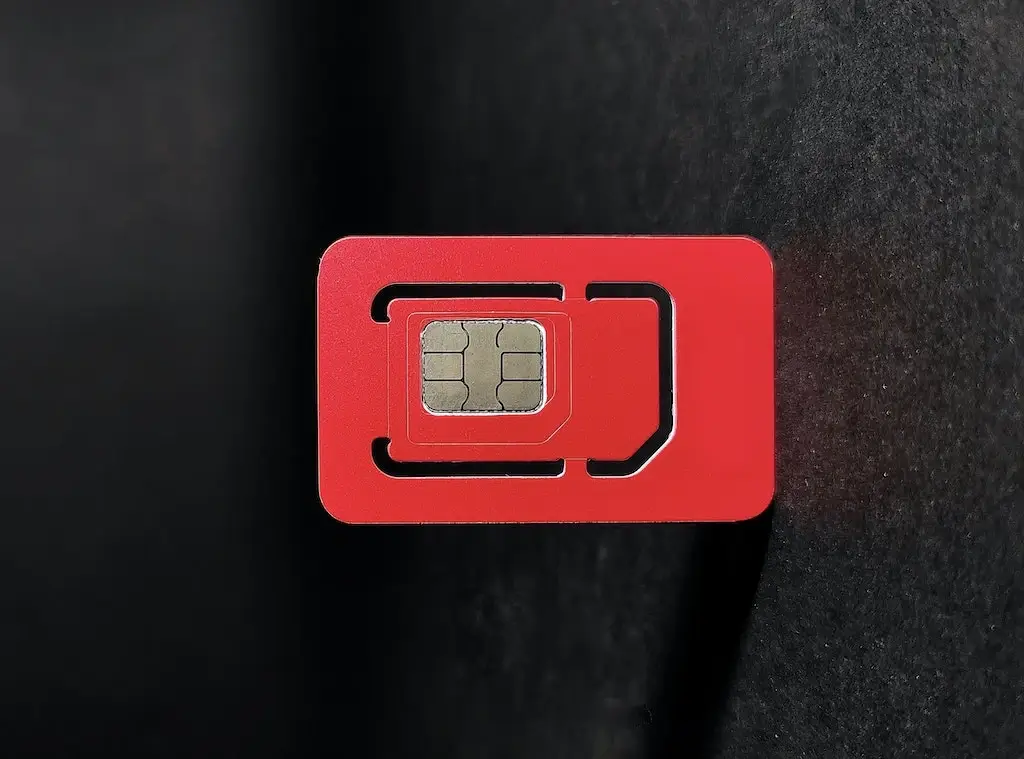
For your safety, it is important that you stay connected whilst travelling alone around Australia. I recommend getting a local SIM card, which is usually more affordable and provides better coverage than data roaming.
There are three main mobile providers in Australia: Telstra, Optus and Vodafone. Personally, I use Telstra because they provide the widest coverage – important if you are travelling alone in the Outback.
All three providers have stalls in most of the international airports around Australia. Purchase a SIM upon arrival and have the staff set it up for you.
Summary: Is Australia Safe to Travel Alone?
Despite its dangers, Australia is still a very safe place to travel alone. This applies to everyone, including women and men, young and old.
Based on the statistics, there is an almost 99% chance that your solo journey in Australia will be trouble-free.
If you use your common sense and follow safety advice, you will be one of the 9 million tourists that enjoy travelling to Australia each year.
It’s time to snorkel the Great Barrier Reef, watch the sunrise over Uluru and relax on the sands of Bondi Beach – see my full guide to solo travel in Australia!
Related Posts
More Solo Travel Guides and Tips on Nomadic Yak
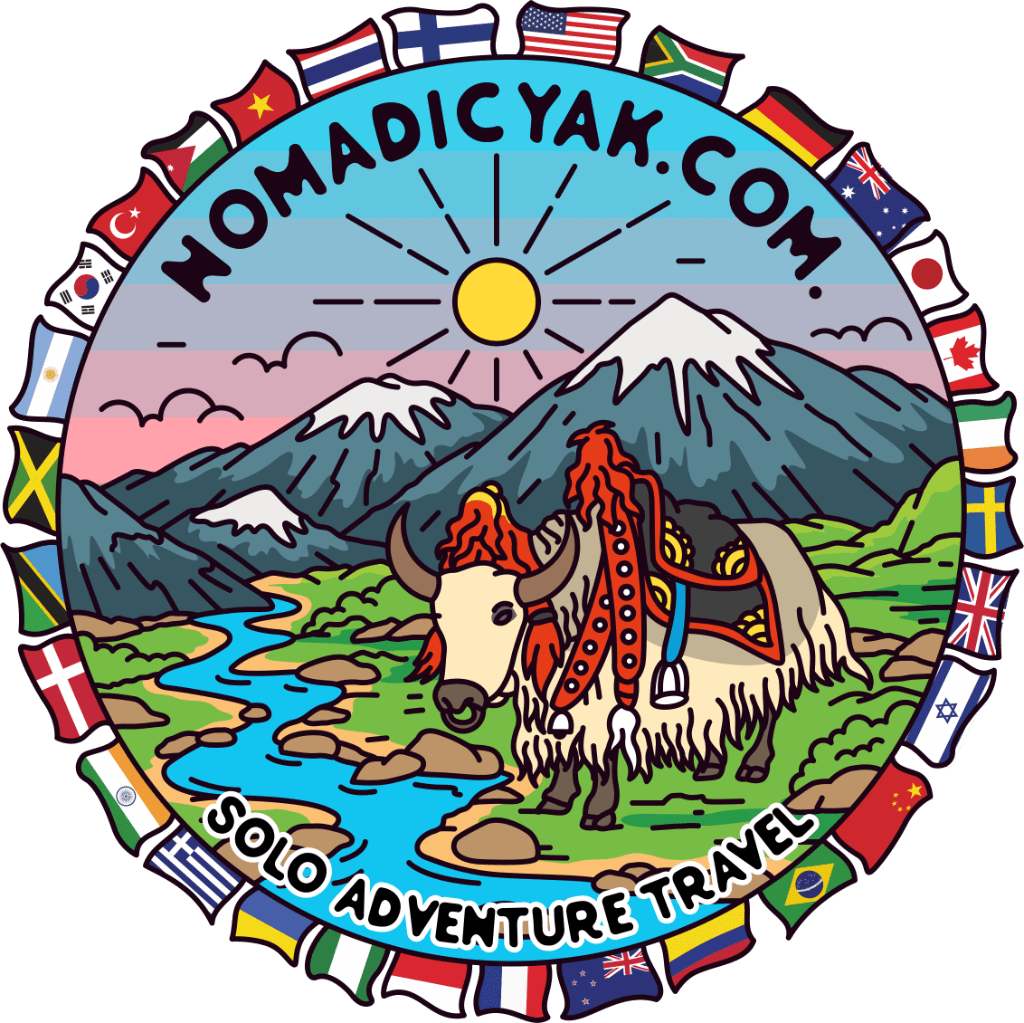
Nomadic Yak helps solo travellers to plan journeys that are adventurous and authentic.
Every article is written by me, Harry. I’ve travelled to 40+ countries over the last 5 years – alone.
For even more information about solo travel in Australia, see our solo travel tips.
We also have destination guides to help you plan solo travel in nearby countries such as New Zealand.


